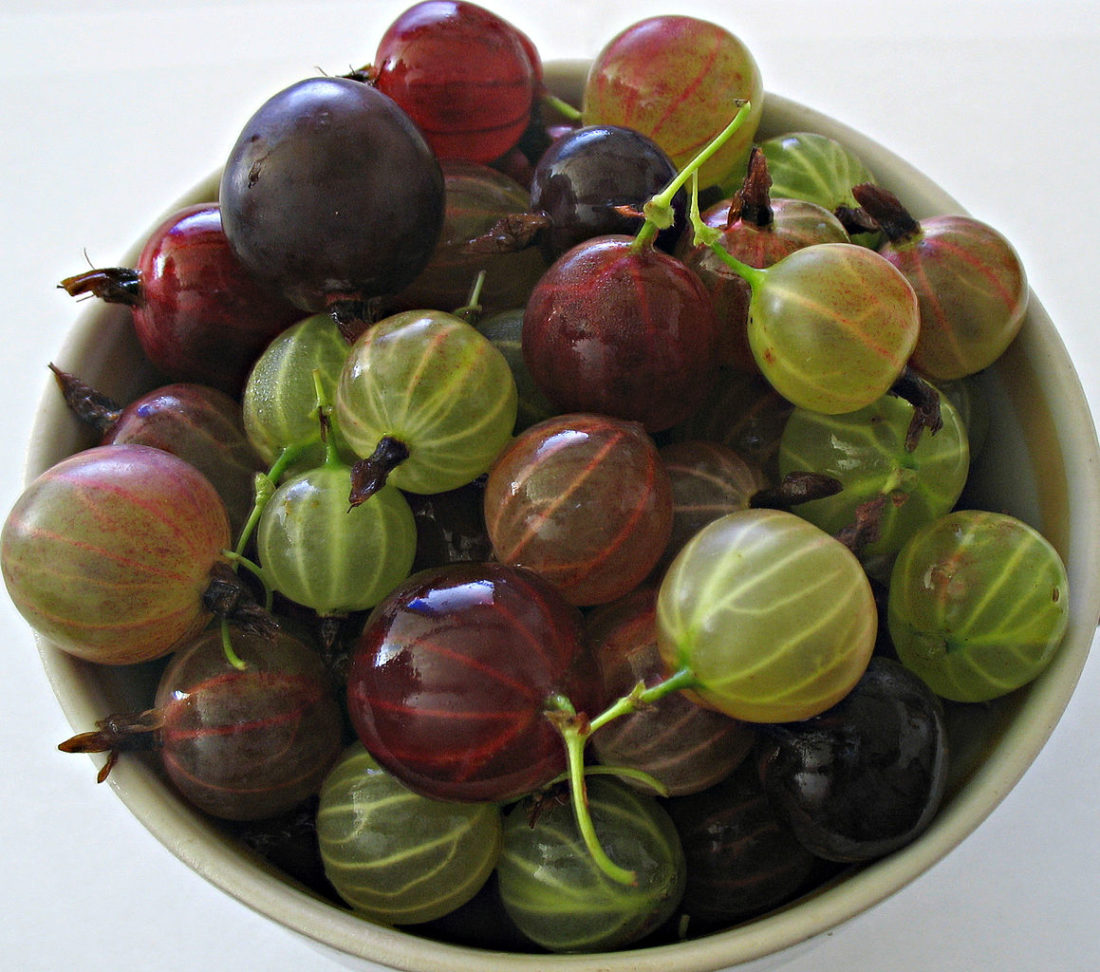Making Sense Of Antioxidants: 3 Amazing Health Benefits

Antioxidants are a nutritional mystery to the average person. While we may understand why we need particular vitamins and minerals, antioxidants aren’t part of your standard nutritional label. That doesn’t mean they don’t offer enormous health benefits, though.
If you’re trying to improve your health, these antioxidants may offer greater well-being. Here’s how you can work them into your diet and reap the benefits.
Blueberries: Your Source For Anthocyanins
Heart disease is a leading cause of death among American adults, but there’s one group that’s seen a significant decrease in heart attack rates. Their secret? Blueberries and strawberries. Young women who consume more than three servings of blueberries and strawberries each week experience a 32% decrease in heart attack risk. Scientists credit the anthocyanins the berries contain, which give them their color for this cardiovascular boost.
Amla: For Diabetes Management
If you haven’t heard of amla, you’re not alone. The Hindi name for Indian gooseberries, this tiny fruit is packed with antioxidants that can reduce the risk of type 2 diabetes and improve blood sugar management. That’s because amla contains more antioxidants than goji berries, pomegranates, acai berries, and other leading superfoods.
By consuming a small amount of the fruit, whole or in powdered form, you support cellular health and DNA repair and minimize the impacts of oxidative stress on your body. Comparative studies have even found that a few grams of amla powder a day is as effective as taking glimepiride, a common diabetes medication.
Lycopene: Reducing Cancer And Cholesterol
Lycopene is the dominant antioxidant in tomatoes and it offers a number of health benefits. It can improve prostate health, reducing the risk of prostate cancer, but is also an effective defense against a number of other cancers, including those of the breast, lung, colon, and pancreas.
One common trait of antioxidants is the ability to control cholesterol, and lycopene is no exception. Like amla and nuts like walnuts and brazil nuts, lycopene can reduce harmful LDL cholesterol and offer long-term heart health benefits. Pair these antioxidants with moderate soy consumption and lower consumption of red meat and other fatty foods and your risk of heart disease drops dramatically.
A Rainbow Benefits
Overall, the best way to ensure your diet is packed with antioxidants is by eating foods representing all the colors of the rainbow. So take a look at your plate; if it’s looking a bit grey and filled with carbohydrates, sugars, and fats, it’s time to mix it up. Foods like berries, tropical fruits, bell peppers, citrus, and leafy greens contain the greatest amount of antioxidants, as do spices like turmeric, garlic, and parsley. Their bright colors offer a brighter health outlook.
Take advantage of seasonal ingredients to enjoy a delicious and balanced diet, as well as a decreased risk of cancer, heart disease, and even better skin and eyesight. Simply put, antioxidants are the closest thing we have to a magic bullet that reverses aging. They take the strain off our bodies and diminish the wreckage caused by free radicals. Let them heal you.









